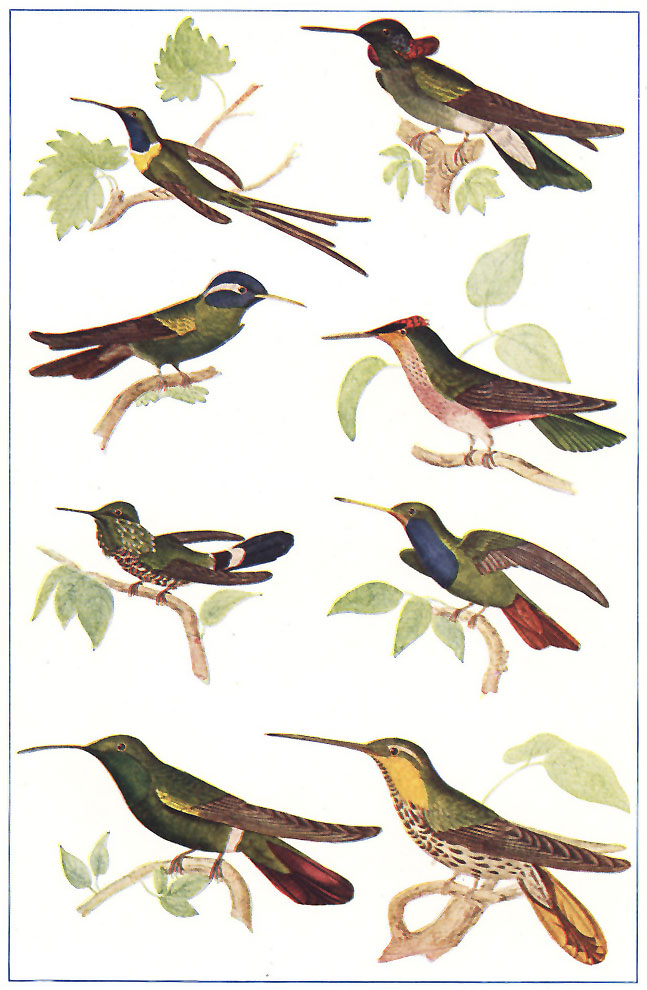
From Meerkats to Hyenas: An Universal Code Behind Animal Behavior?
In the wildlife-abundant stretches of the Kalahari Desert, agile meerkats stand guard, on the lookout for both prey and threats. Meanwhile, nearly 4,000 kilometers away on the Kenyan savanna, spotted hyenas roam through golden grasslands in pursuit of their next meal. And far to the west, deep within Panama’s rainforests, coatis search for food among the treetops. These mammals lead notably different existences—in varied environments, with distinct diets, and sharply divergent social structures.
However, in a pioneering new investigation published in the Proceedings of the National Academy of Sciences, researchers have identified an unexpected and intriguing connection among them: they all seem to structure their behaviors in surprisingly similar manners.
Common Threads in a Varied Animal Kingdom
This extensive research, spearheaded by the Max Planck Institute of Animal Behavior, implies that a concealed algorithm may dictate how animals from diverse ecological environments organize their daily activities. Whether foraging, resting, or moving, the manners in which these animals transition between behaviors demonstrate shared underlying statistical trends—even among species as different as scorpion-hunting meerkats, arboreal coatis, and Kenya’s carnivorous hyenas.
“We expected to find differences,” stated Dr. Pranav Minasandra, the study’s lead author. “However, we uncovered common patterns in how animals transition between behaviors, irrespective of species or individual. It’s almost as if their behavior was underpinned by the same hidden algorithm.”
Utilizing advanced technology, including accelerometers (devices akin to those in smartphones), the researchers captured detailed motion data over long durations in the animals’ natural settings. Through machine learning, they converted these movements into behavioral categories—like lying down, foraging, or walking—to create comprehensive behavioral timelines for each animal.
A “Lock-In” Mentality? The Surprising Revelation
One of the most surprising findings of the study concerns what scientists refer to as the “decreasing hazard function.” This term denotes the likelihood that an animal will switch from one activity to another. Contrary to common beliefs, researchers discovered that the longer an animal engages in a particular behavior, the less inclined it is to stop.
In simpler terms, animals seem to “lock in” to their current activities.
Consider a hyena consistently walking for ten minutes. One might assume that the longer it continues, the more inclined it would be to pause—possibly to rest, eat, or interact with others. Yet, the data demonstrate the opposite: as time elapses, the hyena becomes progressively more likely to keep walking.
“This was unexpected,” remarked Minasandra. “We initially thought that the chance of switching behaviors would grow over time, presuming it wouldn’t be efficient to persist in a single behavior indefinitely.”
This self-reinforcing behavioral tendency was evident not only in hyenas but also in coatis and meerkats—pointing to a potential unifying principle in animal behavior.
Looking Ahead: Predictability in Animal Actions
Another significant aspect examined was what the researchers termed “predictivity decay”—the extent to which we can anticipate future actions based on ongoing behavior. As anticipated, the farther into the future one attempts to predict, the more challenging it becomes. What astonished the team was the consistent mathematical pattern of predictivity degradation across all species.
This implies that even seemingly erratic elements of animal behavior might adhere to rules that transcend species boundaries.
“These consistencies indicate that animals—despite existing in vastly different ecosystems—may operate under common decision-making frameworks,” stated Dr. Ariana Strandburg-Peshkin, the senior author and group leader at the Max Planck Institute.
What Accounts for These Universal Patterns?
The study proposes two primary hypotheses to elucidate the underlying behavioral framework:
1. Positive Behavioral Feedback:
Animals may receive ongoing (albeit subconscious) reinforcement to sustain their current activities. For example, resting might continue as long as the environment is perceived to be safe, warm, or socially satisfying. The behavior gradually becomes more fulfilling over time, thereby reinforcing itself.
2. Multi-Timeframe Decision-Making:
Instead of relying on basic internal clocks or cues, animals might integrate a sophisticated spectrum of internal states and external signals—such as hunger, exhaustion, environmental pressures, or social indicators—that function across various timeframes. The interplay of these simultaneous cues may produce the behavioral uniformity observed among species.
Broader Implications for Animal Behavior and Ecology
These discoveries could illuminate established trends in animal movement, such as Lévy flights—a movement style believed to optimize the search for sparse resources. If the concealed behavioral principles governing daily life are consistent across species, they may likewise clarify common ecological patterns or aid in predicting responses to environmental changes.
Do analogous behavioral patterns exist across non-social animals, different life stages, or altered ecological conditions? That is yet to be determined. However, what the study certainly provides is robust evidence that behavior throughout the animal kingdom may be influenced by shared foundational structures—potentially grounded in evolutionary processes.